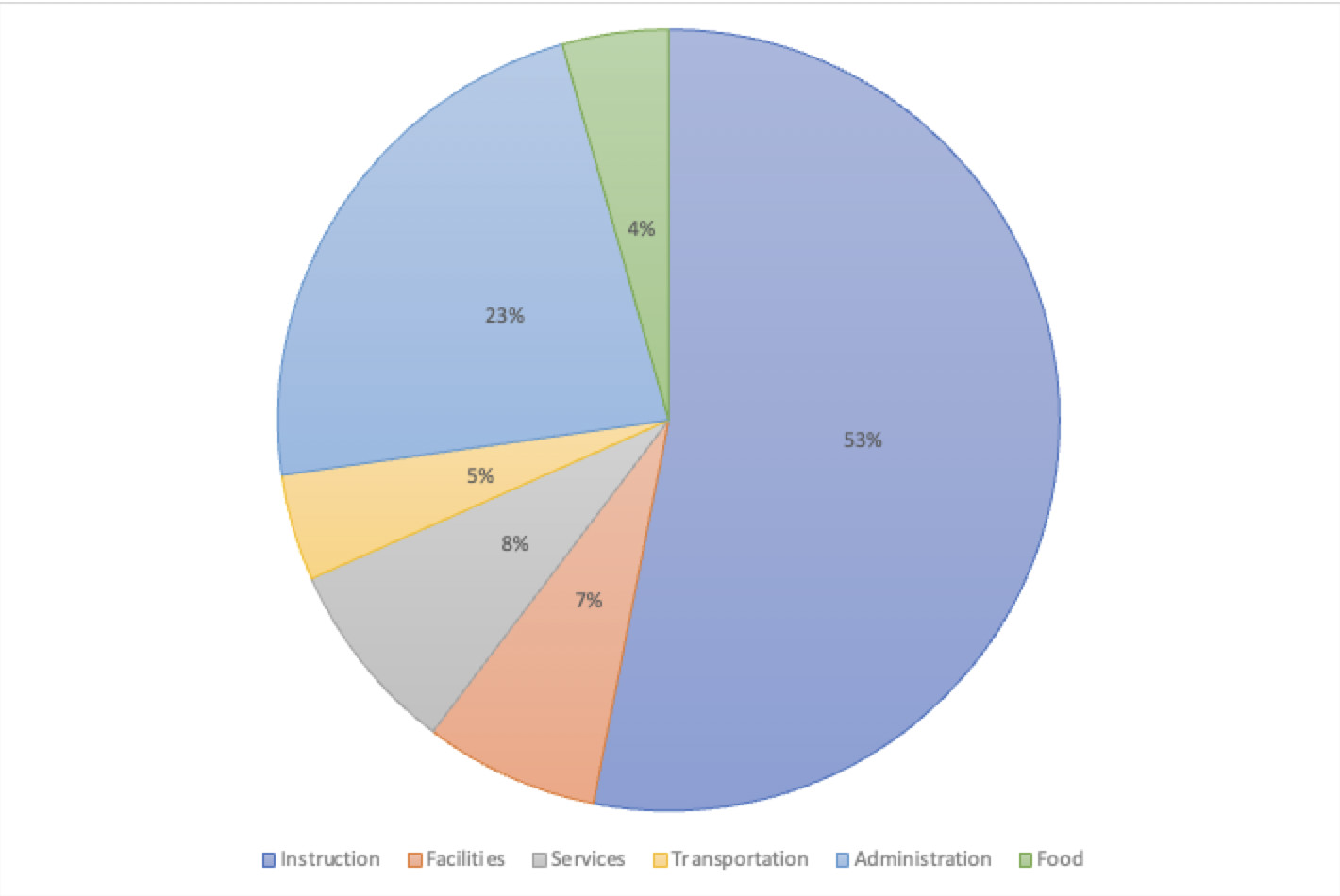Will Flanders, Research Director
Recently, State Superintendent Jill Underly delivered a speech to the Wisconsin State Education Convention. On the whole, the remarks are filled with the sort of inane platitudes that many of us are used to hearing from the leadership of bureaucratic agencies. But the remarks also reveal a disconnect between rhetoric and reality. In many instances, the Department of Public Instruction under Underly and her predecessors has worked completely at odds with her ostensible goals.
“The purpose of public schools was for the PUBLIC good…..So that they can sift and winnow the information given to them and act on it thoughtfully and with conviction.”
This is a positive sentiment that would likely garner support across the political spectrum. However, many modern public schools don’t afford much room for students to debate important issues. Discussions on race and politics are presented by educators as a prism through which we ought to view the world, rather than as one possible theory that can be analyzed and discussed. Meanwhile, teachers who ask students to think outside of their comfort zone and to deal with the uncomfortable aspects of history potentially lose their job for it in the name of political correctness. Parents are fleeing public schools as the pandemic provided them a peek into the classroom and their questions and concerns were ignored.
If Underly truly believes in the goals she lays out for public education, she ought to be speaking out against these affronts to critical thinking. DPI could work to change the pervasive culture of group think in Wisconsin’s schools. But we won’t hold our breath.
“We know our children learn best from high quality teachers. And they deserve to be paid like the highly skilled professionals they are. We need to compensate our dedicated staff, including support staff and administrators, for their educational experience and their expertise.”
Once again, we find ourselves in total agreement with Underly on the sentiment here. Like any other employment market, those that do a good job ought to be rewarded with higher compensation. Yet public education bureaucrats rarely ever take the time to consider solutions for teacher pay beyond asking the state to provide even more education funding. On average in Wisconsin, we spend approximately $13,497 per public school student. In a class of 15 students, this means that more than $206,000 of value is represented. Yet teacher compensation rarely makes up much more than a quarter of that.
The chief reason for this is that almost half of education spending in the state goes for activities other than instruction, including nearly 23% on administrative costs. The figure below, reproduced from WILL’s “Truth in Spending” report, details where the money goes for the average school district.

DPI itself has also contributed to this problem in a number of ways. Nearly $150,000,000 of state education spending is retained at the state level for operations. In addition, DPI has contributed and created the barriers for teachers to access the classroom. With barrier upon barrier to get licensed to teach, it is difficult to recruit and keep high quality teachers in Wisconsin. If DPI believes that school districts ought to be rewarding high quality teachers with more money, they should be working to solve all of the issues outlined here.
“The past 10 years we’ve suffered with budgets designed with austerity in mind.”
In keeping with the theme that schools aren’t getting enough money, Underly paints a picture of Wisconsin’s school spending that is at odds with the reality. The Figure below shows school spending since 2008, including the projected ahead figures from the recently passed budget.

The word “austerity” calls to mind tangible reductions in spending. Other than one year—2011—that has not been the case in Wisconsin. In terms of raw dollars, spending has grown by 22.2% since 2008, and 36.42% since the lowest level of spending in 2011. In inflation adjusted dollars, spending is very close to parity with 2008, and $600 million higher than 2011. This is before accounting for Act 10, which has been estimated to have saved districts nearly $14 billion since implementation. We are also not accounting the massive influx of federal funds via various stimulus packages since COVID that will nearly double district budgets in some communities. School districts have likely never been more awash in money in the history of the state than they are right now. If they’re choosing not to spend it on teachers, that is the result of local decision-making rather than the responsibility of Wisconsin taxpayers.
We’d like to believe Dr. Underly when she speaks about our shared goals for improving education in the Badger State. In fact, she should remember that her duty is to the parents and children of Wisconsin (not the public-school regime). But, to use another well-worn platitude, actions speak louder than words.